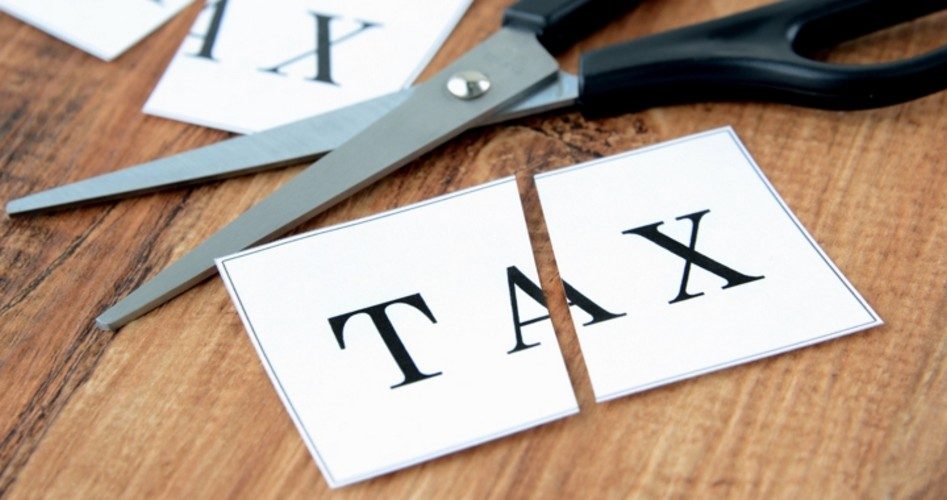
Few details are presently available about what the president will be proposing later on in his campaign for reelection regarding his “tax cuts 2.0” package, but the rumors are tantalizing. If Republicans regain control of the House, many of those rumors could be enacted.
It was Larry Kudlow, Trump’s economic advisor and head of his National Economic Council, who timed his announcement as a Christmas present to the American taxpayer. On December 19, Kudlow said on Fox Business Network’s Bulls and Bears, “If [Trump] mentions tax cuts 2.0 — and I’d love to do it — he will be talking about something that’s under process and wouldn’t be published until we’re well into the campaign [in 2020].”
The first iteration — the Tax Cuts and Jobs Act of 2017 — passed the House by a vote of 227-205 and the Senate by 51-48 and included significant tax reductions for both individuals and corporations. It also reduced the alternative minimum tax for individuals and eliminated it altogether for corporations. In addition, it canceled the ObamaCare penalty for anyone not enrolled in a health insurance plan.
The Act became effective on January 1, 2018 and, unless renewed, will expire in 2025.
The results have been remarkable: Unemployment is at its lowest level in nearly half a century, with minority joblessness plunging. The popular stock market indexes have hit new highs. The poverty rate has fallen to a 17-year low and more than six million Americans have moved off SNAP — the government food stamp program. The average American taxpayer saved $2,000 in taxes in 2018, while the average American household’s median real (after inflation) income has jumped by nearly $5,000 a year.
In addition to the Tax Act, the Trump administration has cut more than eight regulations for every new one enacted, resulting in initial savings of $50 billion. Those savings are expected to exceed $200 billion once the rollbacks are fully implemented. And the recently announced U.S.-Japan trade agreement will lower trade barriers and increase American exports to that country.
Steve Moore, a senior fellow at the Heritage Foundation and author of Trumponomics: Inside the America First Plan to Revive the American Economy, thinks he knows what the 2.0 tax plan might look like. First, Congress must make tax cut 1.0 permanent, locking into place its provisions.
Second, Trump could propose allowing tax deductions for people who set up special savings accounts. Said Moore, “By raising national saving, this would provide a bigger pool of money available for investment and allow millions of Americans to own more stock.”
Next, Moore thinks the individual income tax rate, currently averaging 21 percent, would be reduced to 15 percent, aimed directly at middle-income households. He likes the idea of a “capital gains rollover” provision that would allow an investor to exchange one stock for another without incurring a capital-gains tax. This would be similar to a real estate exchange allowed under IRS code Section 2031: The only time the tax would be levied would be when the stock is sold and the money removed from the market. The present law, said Moore, “perversely locks in [a stock] investment because people stay in old stocks and steer away from investing [in new opportunities] in order to avoid the capital gains tax.”
Moore likes another idea: allowing individuals to direct part of their payroll taxes into a private, personal retirement account. Said Moore: “This would allow for much higher lifetime returns from this money than conventional Social Security would offer. It would allow every participating American — including tens of millions of minimum-wage workers — to become shareholders and own ‘a piece of the rock.’”
With Democrats at war with the Trump administration, and presently holding a majority in the lower chamber, there is no chance that Trump’s “tax cuts 2.0” would see the light of day this year. But Trump is likely to offer it anyway, enticing voters with its advantages if they returned control of the House back to the Republicans in November. Returned to office for another four years, the president is certain to put “tax cut 2.0” near the top of his agenda.
Image: takasuu via iStock / Getty Images Plus
An Ivy League graduate and former investment advisor, Bob is a regular contributor to The New American, writing primarily on economics and politics. He can be reached at [email protected].



